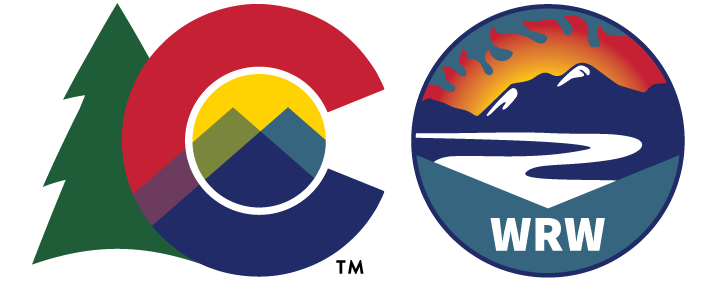
HAZARD:
Flooding
-
Wildfires cause a loss of vegetative cover and soil stability, a loss of tree canopy, and a reduction in the ability of soils within the watershed to infiltrate water. These changes often result in increased runoff from rainfall.
Not only is the amount of runoff increased, runoff occurs more rapidly, leading to more frequent and more severe flood events.
Additionally, these alterations in the watershed can lead to other impacts including:
▶ Reduced snowpack and altered streamflow
▶ Increased erosion and sedimentation
▶ Degraded water quality
-
Any and all infrastructure—including homes, roads, bridges, businesses, recreational facilities, and water infrastructure—located in the stream corridor is at risk due to higher flood flows and faster, more sediment-laden runoff.
-
Many of the same mitigation actions recommended to address other post-fire hazards are also beneficial to protect against post-fire flooding.
▶ Increasing Floodplain Connectivity. In certain landscapes, restoring or enhancing existing floodplain connection and vegetation can improve flood conveyance, reduce energy within the system, trap sediments and reduce impacts to downstream residents.
▶ Crossing Upgrades and Retrofits. Roadway crossings designed for pre-fire flows are sized for watershed conditions that minimize excess runoff, i.e. natural forest conditions with high infiltration. As a result, when a fire occurs, these crossings are significantly undersized and prone to overtopping and failure. Additionally, debris and sediment in post-fire flows often jam or plug roadway crossings. Communities should identify roadway corridors that are critical for emergency access, evacuation, or economic use and consider upsizing those crossings ahead of a fire or after a fire to protect against roadway failures.
▶ Flood Risk Communication. Sometimes very little can be done to reduce increases in postfire flooding. Flood barriers and erosion protection are temporary measures and are limited in their ability to provide full protection. Because of this, flood risk communication is one of the most important activities that a community can implement both before and after a wildfire occurs.




